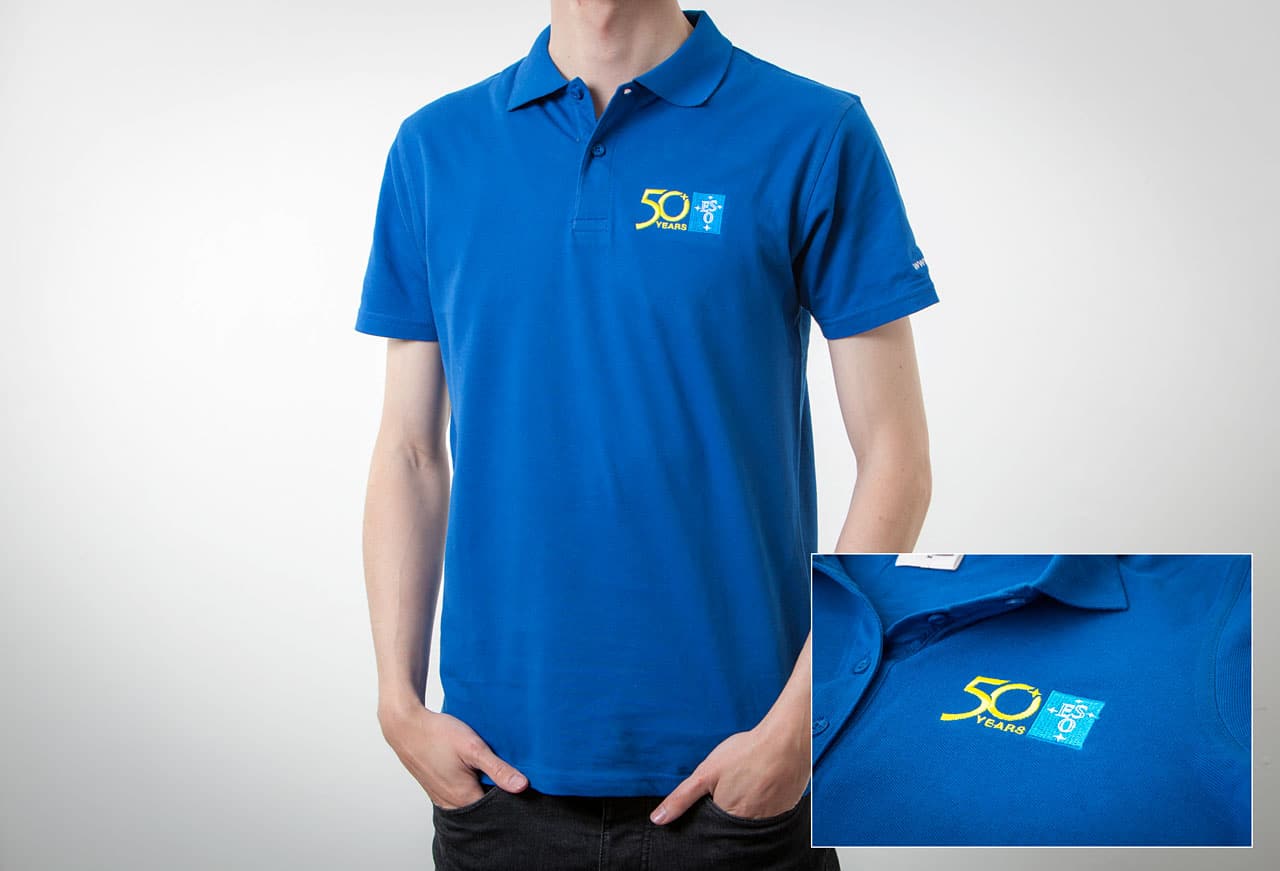Custom t-shirt printing has transformed the way individuals and businesses express themselves, promote brands, and make a statement. From personalized designs to intricate graphics, the process of custom t-shirt printing involves several meticulous steps that result in vibrant, high-quality prints on garments. In this comprehensive guide, we’ll delve into the intricate process of custom t-shirt printing, exploring each step in detail and shedding light on the techniques and considerations involved.
1. Design Conceptualization:
The journey of custom t-shirt printing begins with a vision—a design concept that captures the essence of the message, branding, or personal expression to be conveyed on the shirt. Whether it’s a bold graphic, intricate illustration, or catchy slogan, the design serves as the foundation for the entire printing process. Clients collaborate closely with designers or use design software to bring their ideas to life, considering factors such as color schemes, typography, and layout.
2. Design Preparation:
Once the design is finalized, it undergoes preparation to ensure it’s suitable for printing. This step may involve resizing the design to fit the dimensions of the t-shirt, adjusting colors for printability, and separating colors for multi-color designs. Designers also add registration marks to ensure accurate alignment during the printing process.
3. Choosing the Printing Method:
There are several printing methods available for custom t-shirt printing, each offering unique advantages in terms of cost, quality, and versatility. Some common methods include:
- Screen Printing: Screen printing is a traditional method that involves creating a stencil (or screen) for each color in the design and using a squeegee to push ink through the screen onto the shirt. Screen printing is ideal for designs with bold colors and crisp details, offering excellent durability and vibrancy.
- Direct-to-Garment (DTG) Printing: DTG printing is a digital printing method that involves printing the design directly onto the fabric of the shirt using specialized inkjet printers. DTG printing is ideal for designs with complex colors, gradients, and fine details, offering high-resolution prints with vibrant colors and smooth gradients.
- Heat Transfer Printing: Heat transfer printing involves printing the design onto transfer paper using a digital printer and then transferring the design onto the shirt using heat and pressure. This method is versatile and suitable for a wide range of fabrics and designs, offering vibrant colors and crisp details.
4. Printing Process:
Once the printing method is selected, it’s time to proceed with the printing process:
- Preparation: The shirt is prepped for printing by ensuring it’s clean, flat, and positioned correctly on the printing platen.
- Ink Application: Ink is applied to the shirt using the chosen printing method, whether it’s screen printing, DTG printing, or heat transfer printing.
- Printing Stroke: For screen printing, a squeegee is used to pull the ink across the screen, forcing it through the stencil and onto the shirt. For DTG printing, specialized inkjet printers apply the ink directly onto the fabric of the shirt. For heat transfer printing, heat and pressure are applied to transfer the design from the transfer paper onto the shirt.
- Curing: Once the ink is applied, the shirt undergoes curing to ensure the ink bonds with the fabric and becomes permanent. This may involve heat curing, where the shirt is passed through a conveyor dryer or heat press machine.
5. Quality Control:
Quality control is a crucial step in the custom t-shirt printing process to ensure that each shirt meets the desired standards of excellence. Shirts are inspected for color accuracy, print clarity, registration alignment, and overall quality before being packaged and prepared for distribution.
6. Conclusion:
Custom t-shirt printing offers endless possibilities for creativity, self-expression, and brand promotion. By understanding the intricate process involved—from design conceptualization to printing method selection and production—individuals and businesses can create vibrant, high-quality prints that capture attention and make a lasting impression. With its versatility, durability, and ability to convey messages or identities, custom t-shirt printing remains a popular choice for creating personalized apparel that stands out from the crowd.

